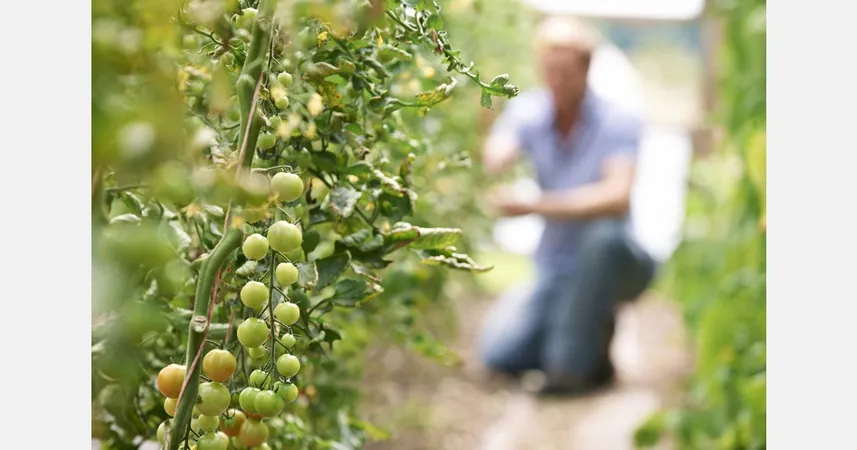
Unveiling Plant Evolution: How DNA Methylation Allows Plants to Adapt and Survive!
2024-11-14
Author: William
A groundbreaking study reveals fascinating insights into the evolutionary adaptations of plants at the molecular level, specifically focusing on DNA methylation—a crucial epigenetic mechanism that influences gene expression. This process is essential for silencing transposons, elements that can disrupt genomic integrity if left unchecked.
Researchers have discovered that plant species have evolved unique substrates for DNA methylation through two primary enzymes, chromomethylase3 (CMT3) and CMT2. These enzymes are responsible for methylating different DNA sequence contexts: CMT3 focuses on the CHG sequence, while CMT2 is specialized for the CHH sequence.
But the big question remained: how did CMT2 evolve to recognize its specific substrates? The study demonstrated that CMT2 originated from an ancient gene duplication of CMT3 in flowering plants. A significant finding is the absence of a specific arginine residue in CMT2, an element found in CMT3 that is critical for the methylation of the CHG sequence. This lack of residue is the reason CMT2 fails to methylate CHG in most flowering plants.
To illustrate this evolutionary change, researchers performed a fascinating experiment: they engineered a V1200R mutation in CMT2, successfully restoring its ability to methylate both CHG and CHH sequences within Arabidopsis plants, which were previously deficient in both enzymes. This experiment illustrated that CMT2 indeed lost its ability to methylate CHG over the course of evolution.
Moreover, CMT2 has evolved to possess a long, unstructured amino terminus, which is vital for the protein's stability, particularly under conditions of heat stress. This adaptability not only helps the protein maintain function but also illustrates how plants can thrive in changing environmental conditions.
The implications of this research extend beyond the lab. Understanding the divergence of chromomethylases can provide critical insights into plant resilience which is increasingly essential in the age of climate change. By exploring how plants modify their genetic instructions in response to various stimuli, scientists may unlock new strategies for enhancing crop resilience and improving agricultural practices.
In conclusion, this study opens up a new chapter in the understanding of plant genetics and evolution, showcasing a unique example of how molecular mechanisms can lead to adaptation and survival in a constantly changing environment. Stay tuned for more revelations about the hidden complexities of the plant world!
*Published in *Science Advances* by Jianjun Jiang et al., the full article can be accessed via DOI:10.1126/sciadv.adr2222.*









 Brasil (PT)
Brasil (PT)
 Canada (EN)
Canada (EN)
 Chile (ES)
Chile (ES)
 España (ES)
España (ES)
 France (FR)
France (FR)
 Hong Kong (EN)
Hong Kong (EN)
 Italia (IT)
Italia (IT)
 日本 (JA)
日本 (JA)
 Magyarország (HU)
Magyarország (HU)
 Norge (NO)
Norge (NO)
 Polska (PL)
Polska (PL)
 Schweiz (DE)
Schweiz (DE)
 Singapore (EN)
Singapore (EN)
 Sverige (SV)
Sverige (SV)
 Suomi (FI)
Suomi (FI)
 Türkiye (TR)
Türkiye (TR)